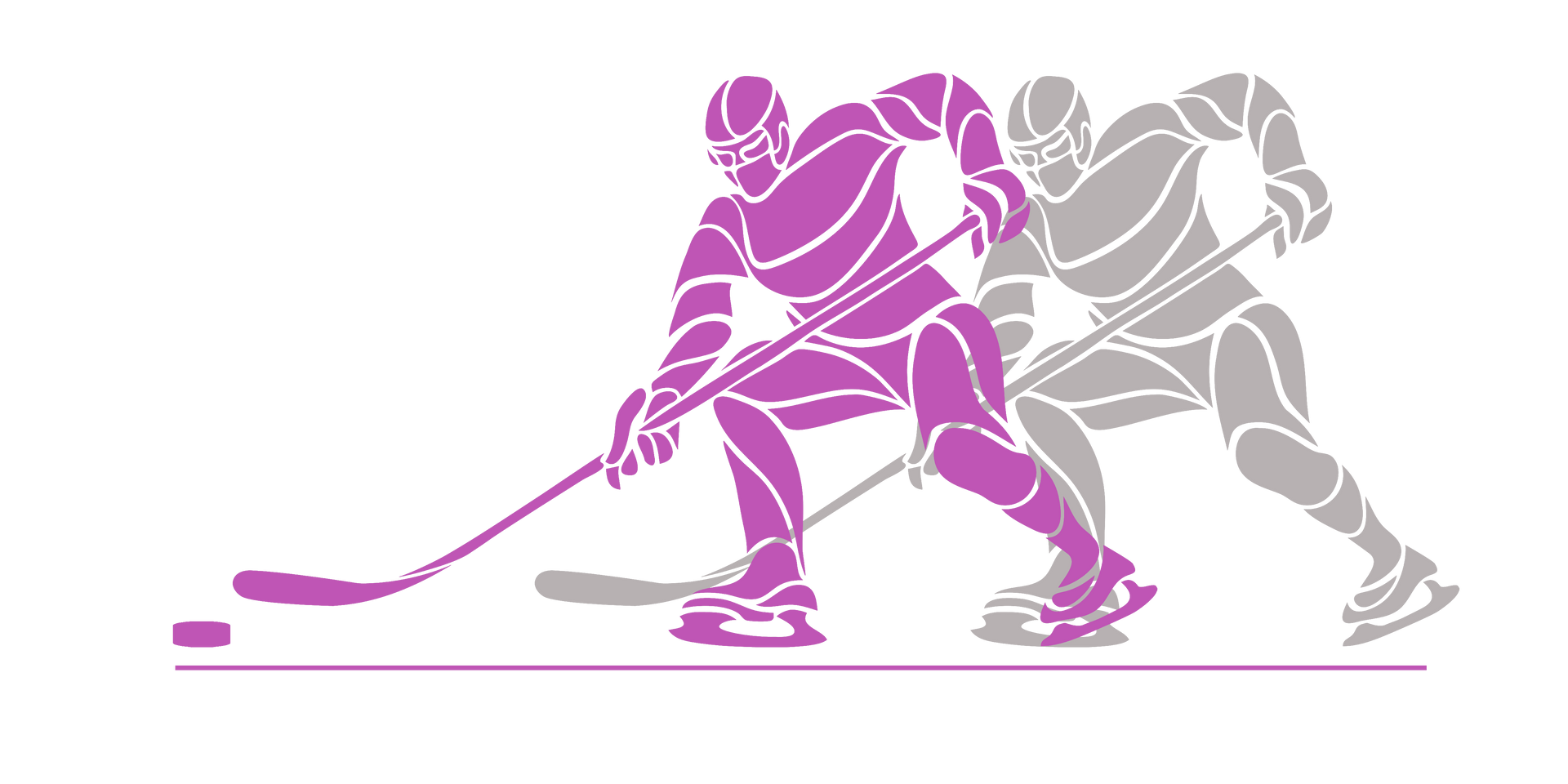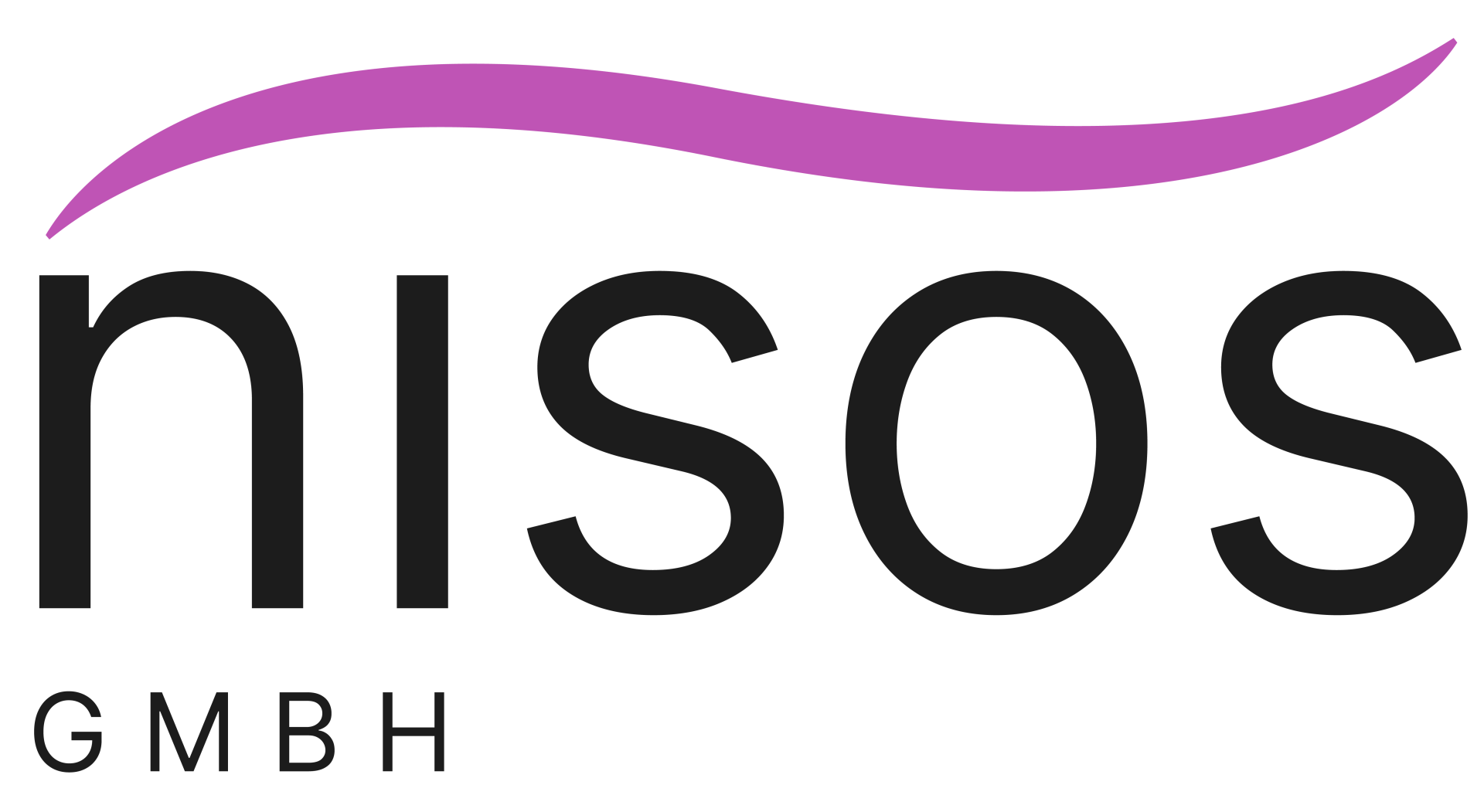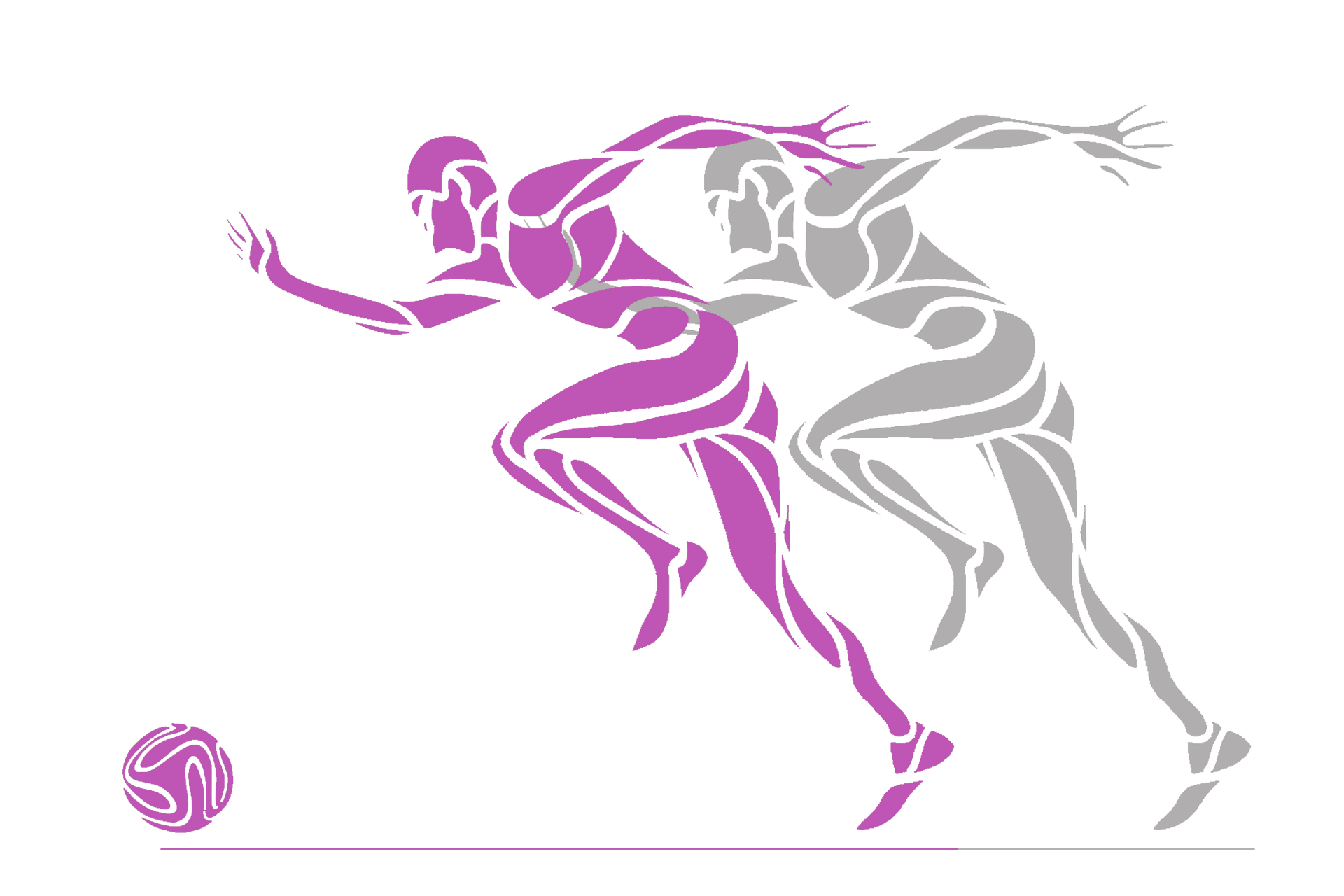Highly accurate and reliable body fat tissue measurement - a significant performance factor



Recently, the ultrasound method to measure subcutaneous fat by means of ultrasound has internationally been standardised. This method provides the most accurate and precise technique for determining fat patterning in the body.
Fat mass changes as low as 0.2 kg
can be detected reliably.
No other fat measurement method is capable of measuring body fat and fat patterning on such a fine scale.
Image analysed with the
NISOS - BCA
software
The ultrasound measurements can quantify the potential for improving physical performance (e.g., sprint and repeated sprint performance, accelleration, reaction) by optimising body composition. The reliability and validity is not reached by any other method. This is an effective key for improving the performance of those athletes or players whose body fat is above the values expected in their sport. On the other side, some athletes may have very or extremely low fat, which can be detrimental for performance and can lead to disastrous performance setbacks and severe diseases like anorexia nervosa.
The essential outcome of the study presented in "Müller et al. Sports Medicine 2020" is that standardized brightness-mode ultrasound (US) is a highly accurate and reliable method for measuring subcutaneous adipose tissue (SAT) thickness in athletes across various sports.
The method demonstrated high inter- and intra-measurer reliability, with the limits of agreement for experienced measurers being within 1.2 mm for SAT thickness sums at eight standardized sites, and the intra-class correlation coefficient (ICC) was remarkably high at 0.998.
This method allows for precise monitoring of changes in body fat mass in athletes, which is critical for sports where weight and body composition are crucial for performance.
Additionally, the study highlighted significant differences in the amount of fibrous structures within SAT between male and female athletes, with women having a lower percentage of fibrous structures than men. This detailed methodological accuracy in SAT measurement has not been achieved by other commonly used methods, making it a valuable tool for sports science and athlete management.
Ultrasound imaging and evaluations courses are performed by the International Association of Sciences in Medicine and Sports (IASMS). The standardisation of this method has been developed in cooperation with the Working Group on Body Composition, Health and Performance in Sports under the auspices of the IOC Medical Commission.



NISOS GMBH
Am Arlandgrund 2, Top 7B, 8045 Graz, AUSTRIA
Email: office@nisos.at



